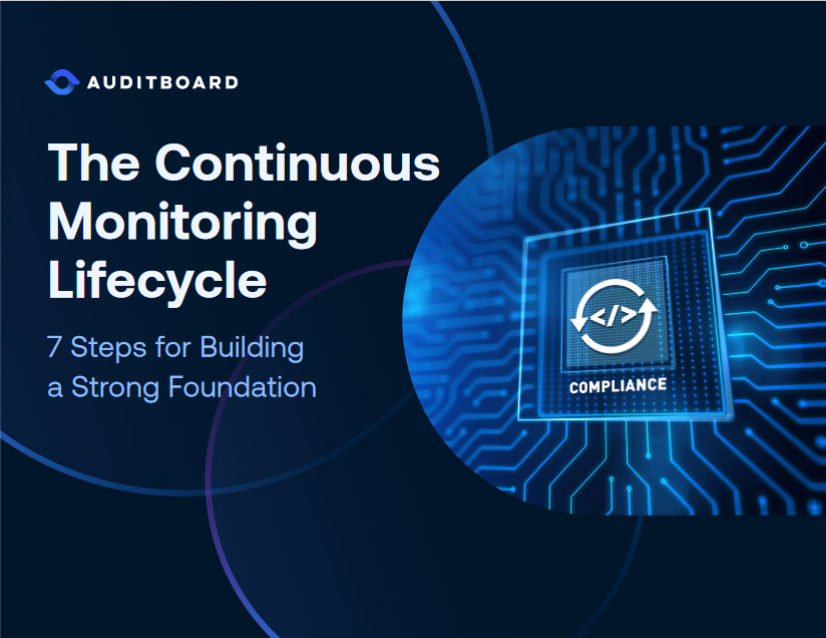 As the business landscape changes, compliance is becoming increasingly relevant across all industries. With risks constantly changing and driving new compliance requirements, compliance programs must be able to respond to changes with agility. This highlights the importance of incorporating a continuous monitoring approach.
As the business landscape changes, compliance is becoming increasingly relevant across all industries. With risks constantly changing and driving new compliance requirements, compliance programs must be able to respond to changes with agility. This highlights the importance of incorporating a continuous monitoring approach.
NIST defines continuous monitoring as: “Maintaining ongoing awareness of information security, vulnerabilities, and threats to support organizational risk management decisions.” This enables an organization to quickly pivot and respond strategically as new compliance requirements come into scope.
Compliance programs are often developed with short-term goals in mind; for example, complying with an industry standard. However, compliance is not stagnant. Without scalable policies and procedures in place, no matter how well-conceived your program is, decentralization will ultimately hinder the growth and scalability of your program as time goes on. Instead of viewing compliance in terms of short-term goals, consider it from the perspective of a long-term investment.
To get started with continuous monitoring, the following seven steps and considerations can help:
- Understand your industry landscape.
- Understand your stakeholders and your business.
- Baseline against a robust framework.
- Evaluate/assess the risks.
- Acquire or optimize technology resources.
- Track metrics to ensure continued success.
- Reassess as necessary.
While there are many ways to incorporate continuous monitoring into your compliance program, considering continuous monitoring in the early planning stages of your compliance program is an opportunity to lay a strong foundation using metrics, frameworks, and technology. Read about these steps in more detail and get a checklist of top metrics to track to measure success.
